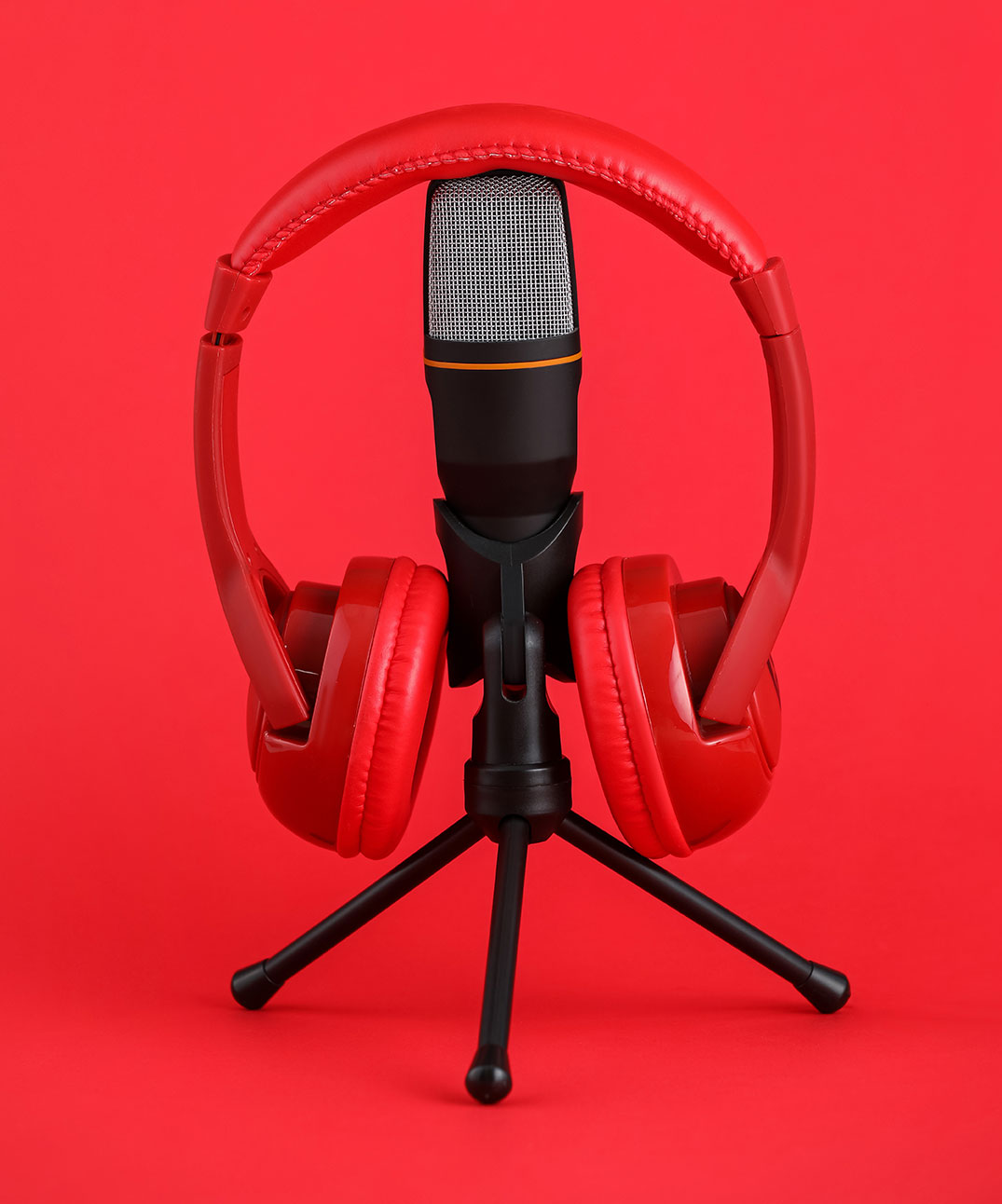Dictation Services
Text that needs to be made into audio can be done by a ‘real’ person and dictating device or we can use dictation to text software where a computerised voice reads the text into speech and is recorded into audio format. This is okay to do as long as the text has no errors in it, which the voice will of course read out, and a human would not. In essence, we believe there are certain technologies about nowadays that do try to do the work for you, but you can never really beat the results of when a real transcriptionist produces text from dictation. This applies to typing dictation too. There are PDF converters and speech recognition, but they always produce errors, font inaccuracies and strange symbols. Dictation transcription will always be undertaken by a real person at Fingertips Typing, and never any of the software mentioned.
Fingertips produced an electrical training manual into audio. The manual was quite large with lots of technical jargon including diagrams and electrical units. It was quite a task but it was a different challenge for us and we enjoyed it.
Please contact us if you need our online dictation service and we can discuss it further.



